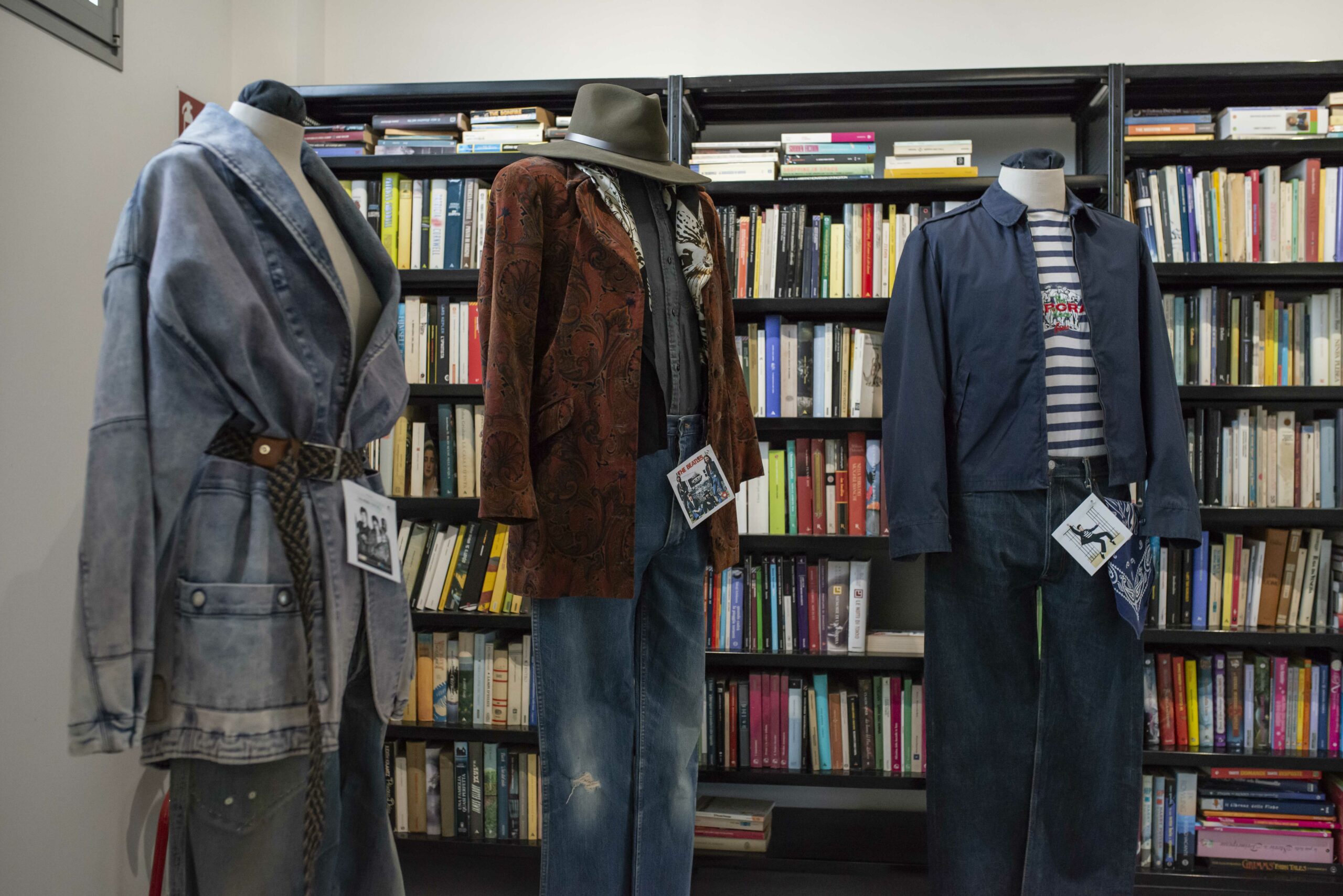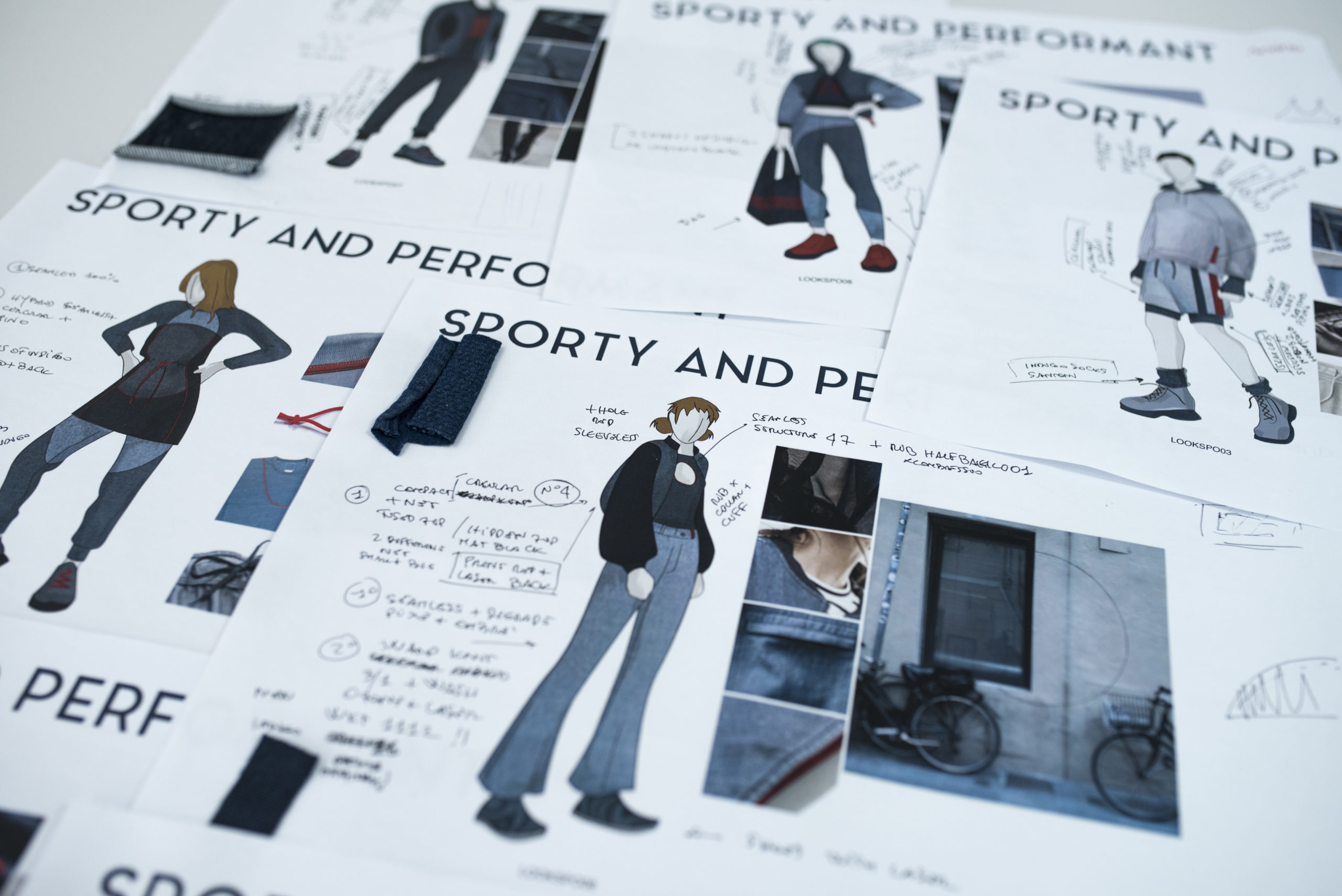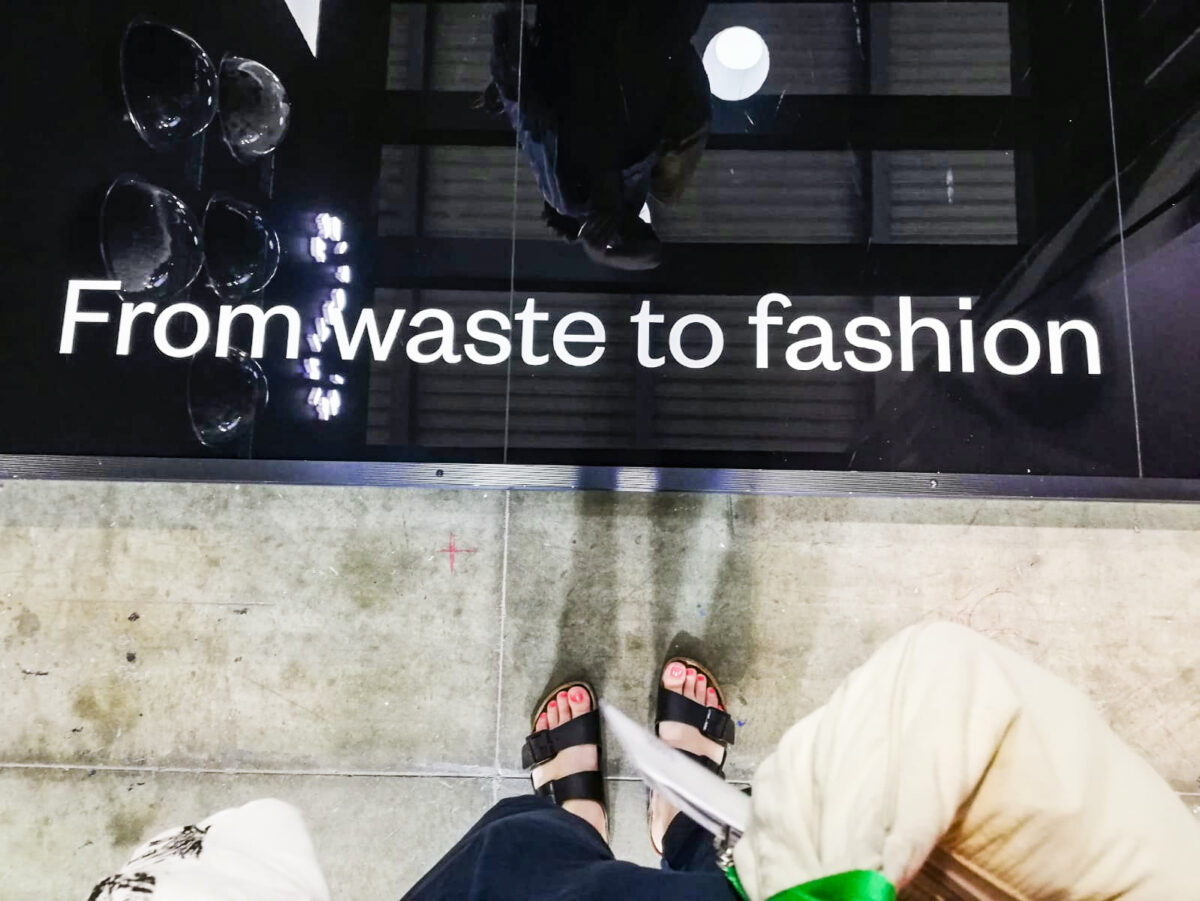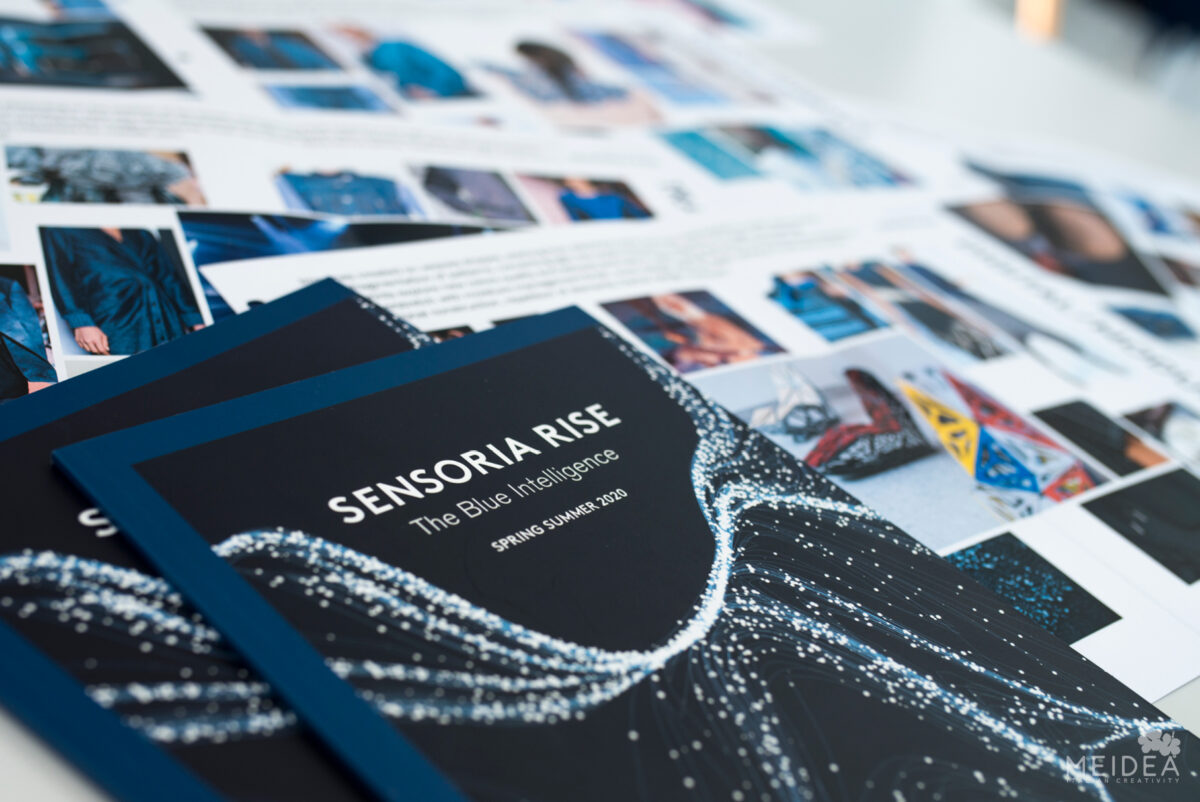Last October 4th, Meidea hosted the SALOTTO POP event: surrounded by the archive of 4000 items of clothing, this special event took place, in which pop, rock and denim accompanied each other for 150 years of jeans history.
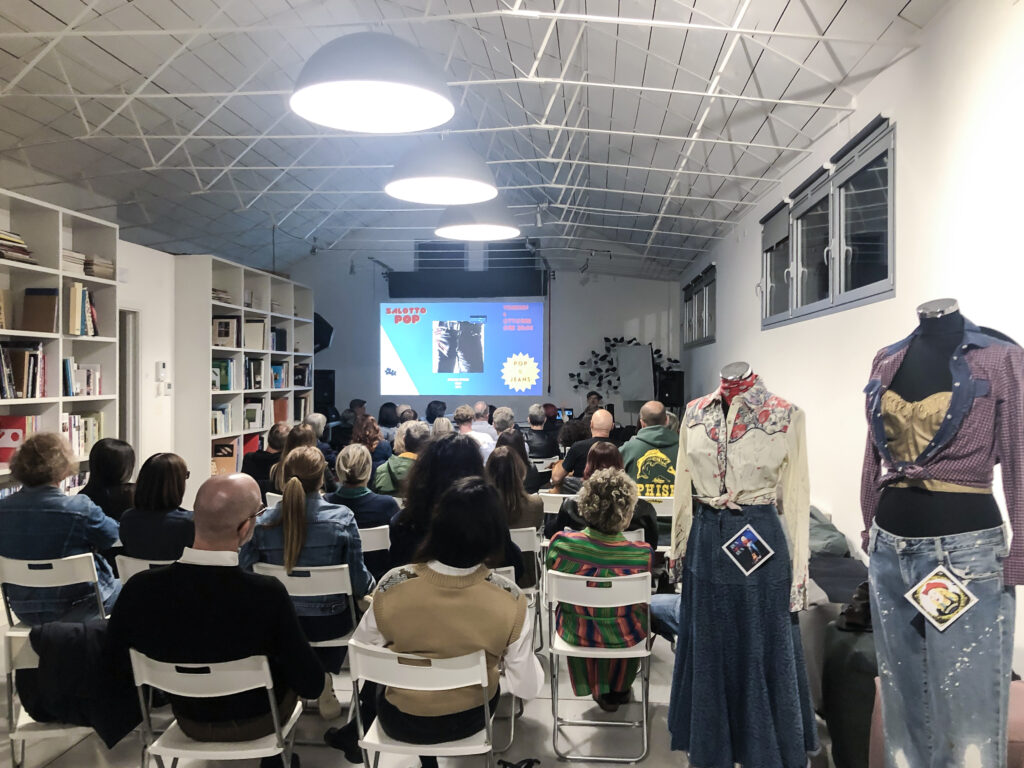
A transversal and authentically democratic garment, denim has managed to unite the most disparate youth tribes, often contributing to their creation.
From “The Wild One” to Elvis Presley, from ‘Grease’ to Bruce Springsteen, from James Brown to Nu Rave, from Marvin Gaye to Run DMC, from ‘Sticky Fingers’ to Lana Del Rey, from Neil Young to the Ramones, the ‘Salotto Pop’ went to dissect the history of an entire century through an indigo-colored fabric honored by songs, videos and covers of epochal albums.
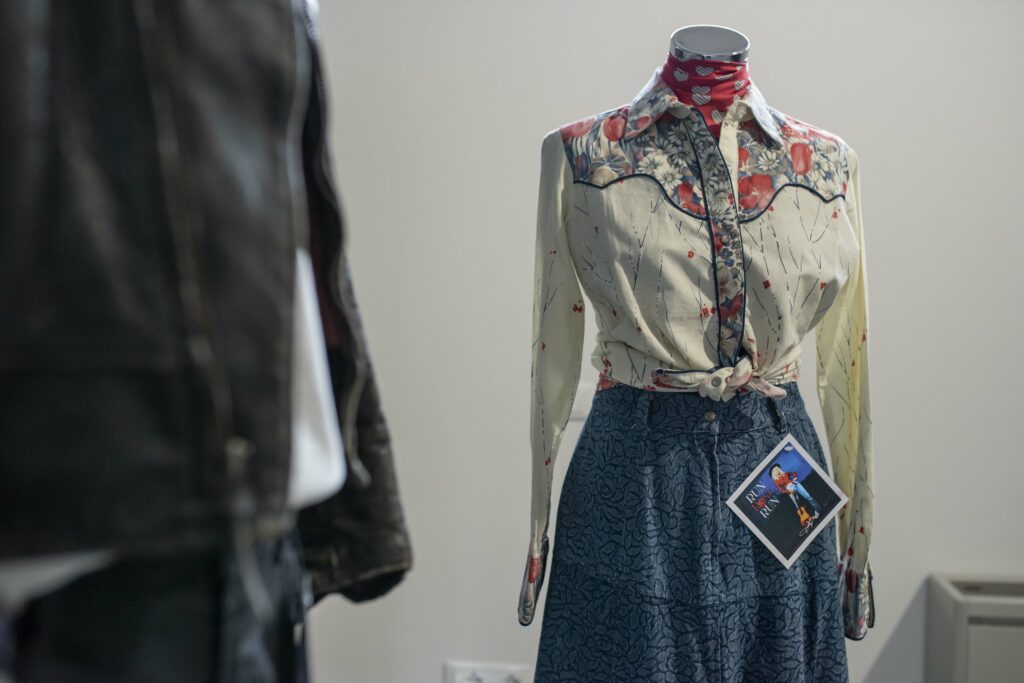


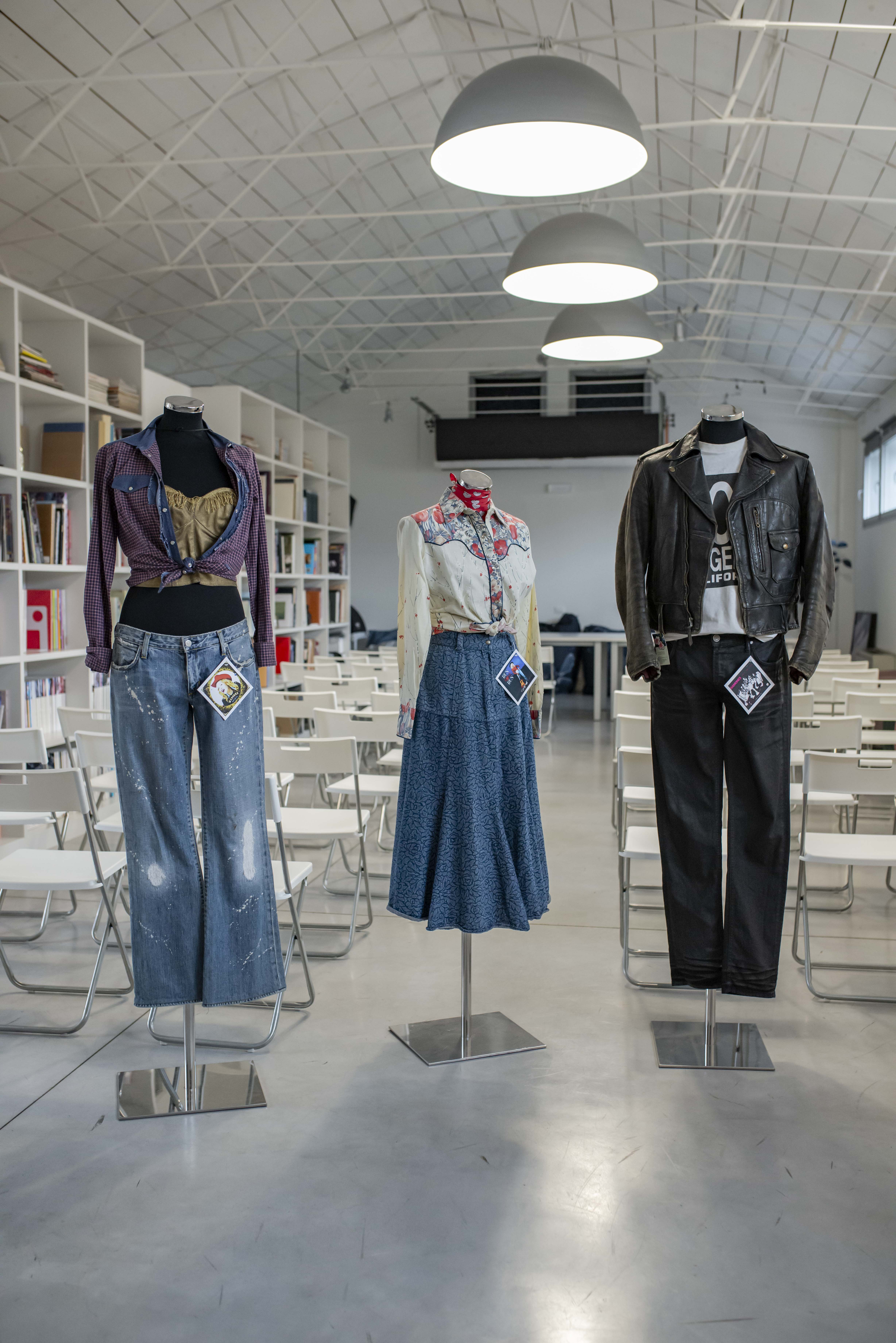


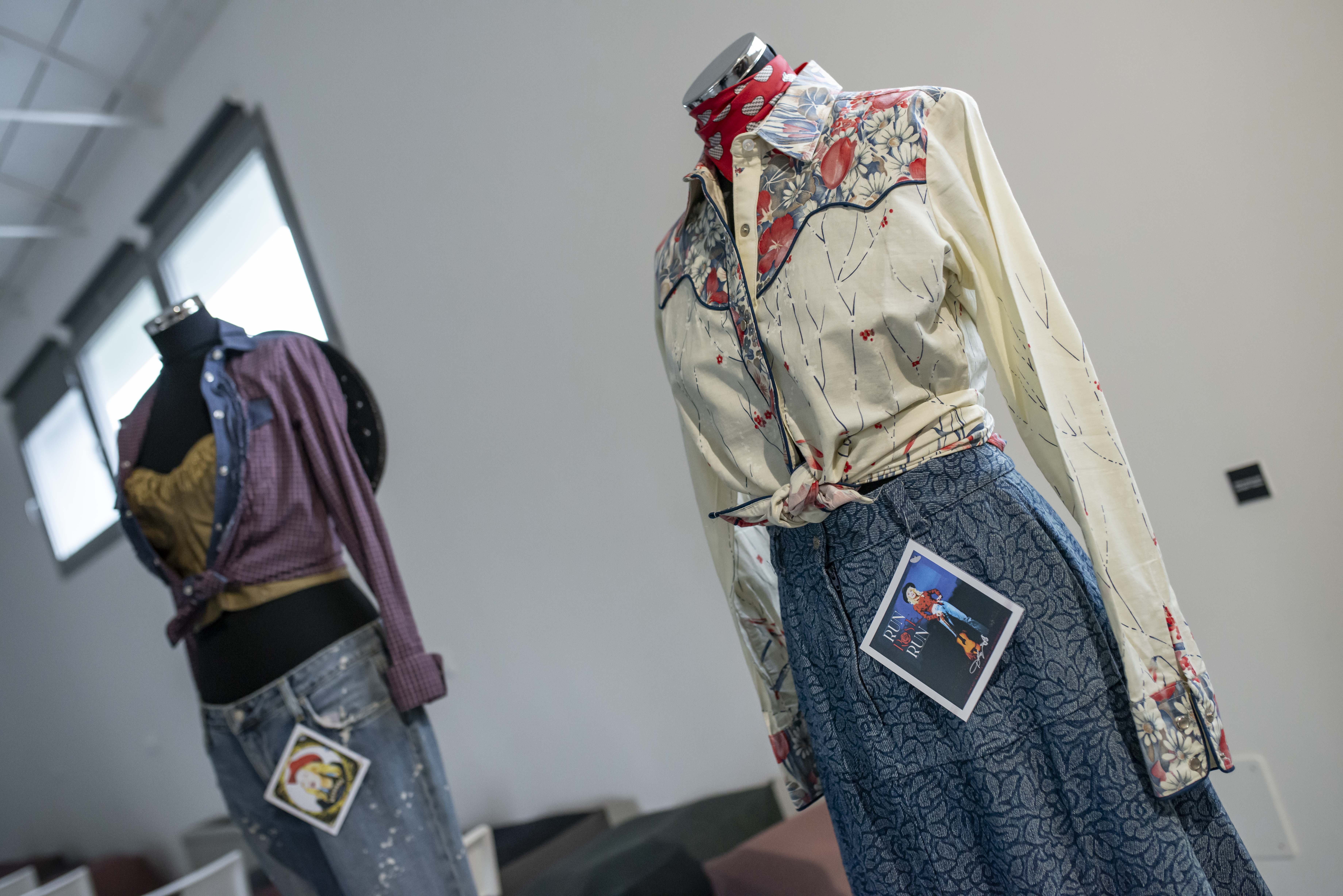
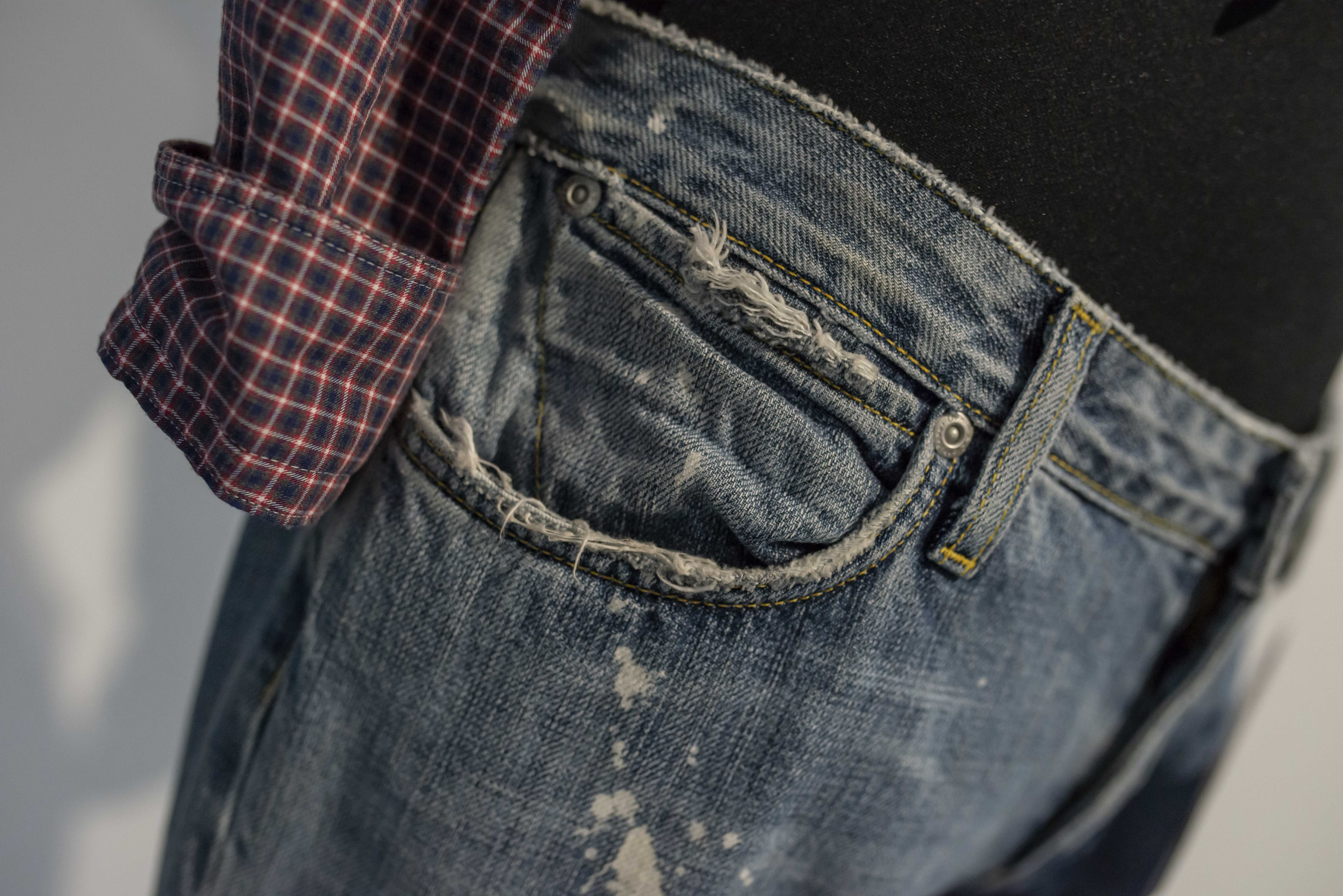
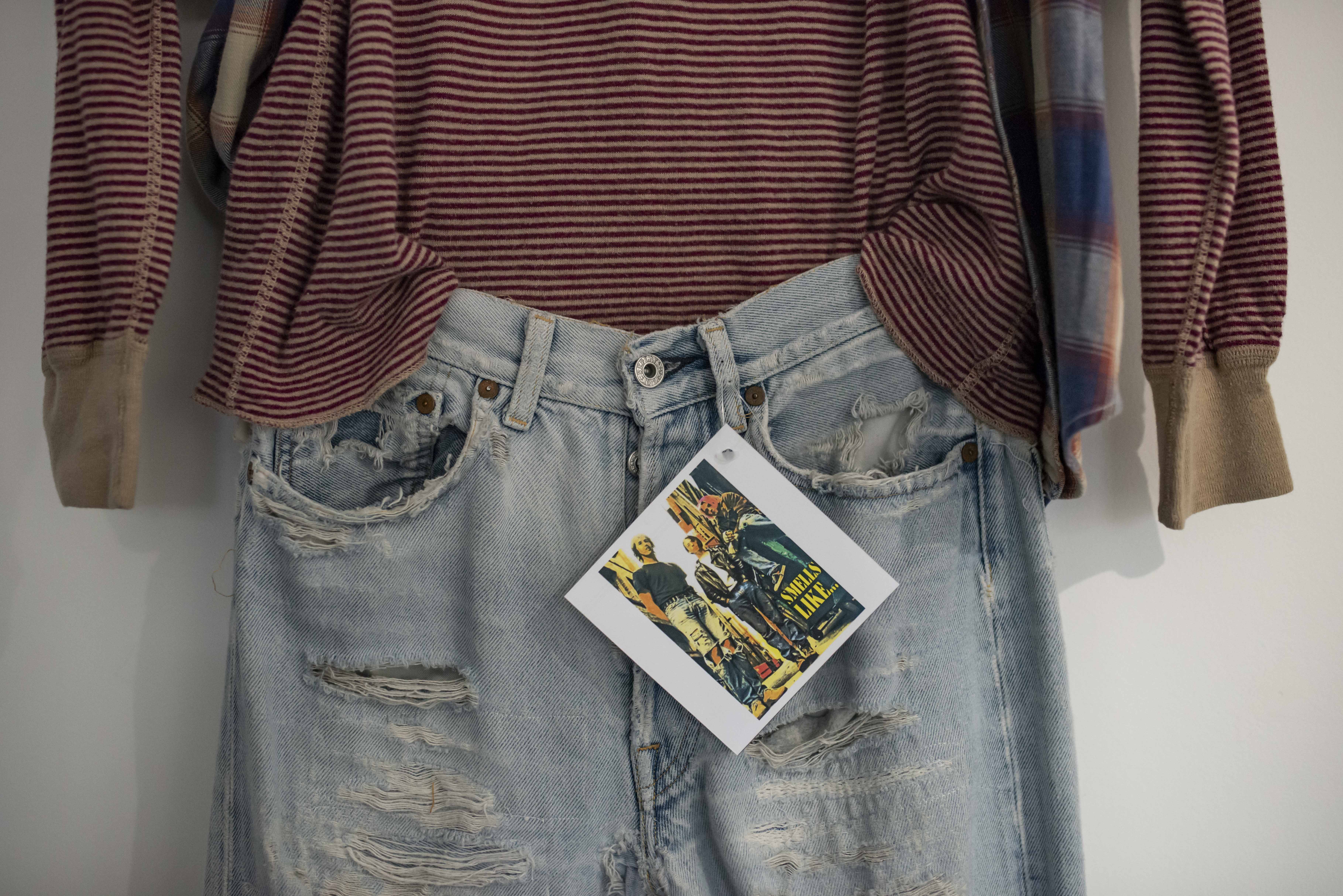

This experience confirms once again that denim has always been more than just a fabric; it’s a cultural phenomenon, woven into the very fabric of music itself. From the rebellious strains of rock and roll to the laid-back vibes of hip-hop, denim has been a constant presence, shaping the way artists express themselves and influencing fashion trends for generations.
The SALOTTO POP event provides the perfect opportunity to discover how musical genres have influenced denim styles and how artists have harnessed the power of denim to create memorable images that have resonated with their audiences.
The Roots of Denim in Music
Denim’s rise to prominence in the music scene began in the 1950s, when figures like Elvis Presley and James Dean epitomized the cool, rebellious spirit associated with blue jeans. These icons popularized the idea that denim was more than workwear; it became a symbol of youth culture and defiance. The tight jeans and leather jackets worn by early rock and roll stars reflected a gritty, authentic aesthetic that resonated with their fans.
As the decades rolled on, denim continued to evolve alongside various music genres. The 1960s saw the emergence of folk rock, with artists like Bob Dylan and Joan Baez wearing bell-bottoms and frayed jeans, signaling a shift towards a more bohemian style. This era showcased denim’s versatility, allowing it to adapt to different musical expressions.
The Denim Explosion of the 70s and 80s
The 1970s and 80s were pivotal decades for both music and denim. The punk movement, spearheaded by bands like The Ramones and The Sex Pistols, embraced a raw, DIY ethos. Ripped jeans, safety pins, and customized jackets became symbols of rebellion, showcasing individuality and a rejection of mainstream fashion.
The 80s also introduced denim jackets adorned with patches and embellishments, allowing fans to emulate their favorite rock stars. Icons like Madonna and Bruce Springsteen showcased denim as a staple, proving its adaptability across genres.
The Hip-Hop Influence
As we moved into the late 20th century, hip-hop emerged as a dominant force in music and fashion. Artists like Run-D.M.C. and LL Cool J popularized baggy jeans and oversized denim jackets, emphasizing comfort and style. The influence of street culture and the blending of denim with sportswear became a defining characteristic of the genre.
This era also highlighted how denim could signify status and identity. Brands like Levi’s and Tommy Hilfiger became synonymous with hip-hop culture, and collaborations between artists and fashion brands flourished, setting the stage for future generations of musicians to leverage denim as a canvas for their personal style.
A New Era of Denim
As we move into the 21st century, denim continues to play a crucial role in music. Today, artists like Billie Eilish and Lizzo are redefining what denim looks like, incorporating bold colors, innovative cuts, and sustainable practices into their wardrobe.
Social media has amplified this influence, allowing fans to emulate their favorite artists instantly. The rise of TikTok and Instagram has made it easier for trends to spread, leading to a resurgence in vintage denim styles and new interpretations of classic looks.
The Future of Denim in Music
Looking ahead, the relationship between denim and music is poised to evolve even further. As conversations about sustainability and ethical fashion gain momentum, artists are increasingly turning to eco-friendly denim brands. This shift reflects a broader awareness among younger generations about the impact of fashion on the environment.
Additionally, the blending of genres and the rise of digital platforms mean that musical influences are no longer confined to geographical boundaries. Artists can draw inspiration from global styles, leading to fresh interpretations of denim fashion that resonate with diverse audiences.
As we look to the future, one thing is clear: denim will continue to be a vital medium for artistic expression, shaping the sound and style of generations to come. Whether it’s through ripped jeans or custom jackets, the enduring legacy of denim in music proves that some trends are indeed timeless. So, the next time you slip into your favorite pair of jeans, remember—you’re not just wearing a garment; you’re embracing a rich cultural history that has influenced countless artists and fans alike.

